Adtech and martech are merging
Marketing and advertising technology grew up in parallel. But the arbitrary distinctions of the past are becoming meaningless as marketers look for integration.

The recent CMO of Tomorrow study released by ADMA and Oracle Marketing Cloud revealed that marketing executives are still grappling with integrating their marketing technology and advertising technology platforms. This was also highlighted during an AIMIA members-only Think Tank discussion and a subsequent whitepaper titled Digital Imperatives for Marketing.
Historically, these two related technologies evolved in parallel with little or no sense they were both trying to achieve the same outcomes.
In the simplest terms marketing technology tends to be used on owned media and advertising technology, as the name suggests, on paid media.
Brands typically had more control over marketing technology and were more reliant on their agencies for advertising technology (although this is starting to change).
And to make matters more complicated the pricing models tend to be different.
Marketing technology will often come with monthly annuity fees on the cloud whereas advertising technology tends to lend itself to ticket clipping, although again the rules are not absolute as anyone with an enterprise email package knows.
The vendors themselves, particularly marketing cloud vendors like Oracle, Adobe and Salesforce have been acquiring ad tech and building it into their platforms in recent years, while traditional ad tech companies such as AdRoll have now broadened into marketing technology fields like email.
The reason is simple. Brands get a better response when they coordinate between marketing and advertising technology-based campaigns.
Furthermore, analysts like Gartner say that marketers must consider advertising technologies as integral to, rather than segregated from, their main operational technologies.
Participants at the digital marketing Think Tank confirmed that for now at least the distinction remains. While you may have a marketing campaign that is content-driven, because of internal silos nobody thinks to link that together with their online advertising at a campaign level because it runs through a different silo.
And yet when they do, the evidence from companies like Salesforce is that brands can get 20 to 25 percent higher returns immediately.
The issue more advanced companies often run up against when they try to combine the two is ownership of data and — especially for companies like banks — what they can do with that data.
A connected experience between advertising and marketing is a challenge for many because structurally the data, the content and the people are separate and in many instances are located at other companies altogether.
Marketers talk about one single digital ecosystem but it's a long road. There is an aspiration to connect those two worlds and to unify the experience.
The need for more control and greater visibility is leading more marketers to look at bringing more of their digital programs back in-house, wresting control from their agencies.
Download the Digital Imperatives for Marketing whitepaper today for more information.
About the Authors
AIMIA is a corporate member of the Which-50 Digital Intelligence Unit. Members contribute their expertise and insights to Which-50 for the benefit of our senior executive audience. Membership fees apply.
